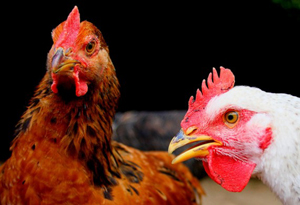
Tel:717-5587307
Email:sales@Kernelkits.com
Products |
Egg Drop Syndrome Antibody Test Kit
Egg drop syndrome (EDS) is characterized by production of soft-shelled and shell-less eggs in apparently healthy birds. It has been recognized worldwide, except in the USA. It replicates well in chick kidney or chick-embryo liver cells and to a lesser degree in chick-embryo fibroblasts. The natural hosts for EDS virus are ducks and geese, and the disease has been described in Japanese quail ( Coturnix coturnix japonica ). Three types of disease are recognized in chickens. Classical EDS probably was due to contamination of a vaccine for Marek’s disease grown in duck-embryo fibroblasts and subsequent adaptation of the virus to chickens. Basic breeding stock was infected, and the virus was transmitted vertically through the egg. The virus often remained latent until the chick reached sexual maturity, when it was excreted in the eggs and droppings to infect susceptible contacts. Because the virus is vertically transmitted and is reactivated around peak egg production, there was an apparent breed and age susceptibility. However, all ages and breeds of chickens are susceptible, although the disease tends to be most severe in heavy broiler-breeders or brown egg producers. Arising from the classical form, endemic EDS has been reported in many areas and is usually seen in commercial egg producers. Flocks become infected at any stage in lay. Contaminated egg collection trays are one of the main forms of horizontal transmission, and outbreaks are often associated with a common egg-packing station. |



